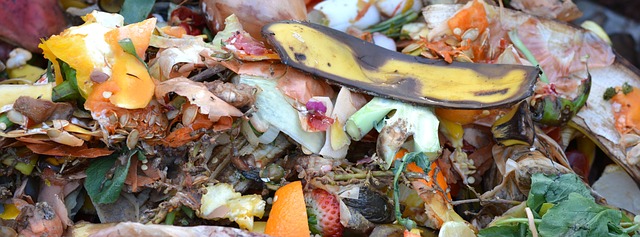Turning back our clocks in early November brings an end to our Daylight Savings Time.
For some, this ending and the onset of the colder winter months, when the days are shorter and darker, can initiate a recurrent depressive disorder called Seasonal Affective Disorder commonly known by the acronym SAD.
The National Institute of Mental Health lists the main risk factors for SAD as age, sex, distance from the equator (regions farther to the north and south tend to have shorter days and less sunlight in winter) and a history of depression or other mood disorders.
Common symptoms that people diagnosed with SAD can experience include:
- fatigue
- oversleeping
- chronically low moods
- cravings for carbohydrates (which if satisfied can lead to weight gain)
- difficulty concentrating
So what can you do if you suffers from SAD to help combat your symptoms?
Light Therapy
Many studies have shown that light therapy is helpful. Light boxes, dedicated and specifically made to benefit those affected with SAD, are now available on the market.
Suggestions on purchasing the most effective Light Box for SAD
Supplement with Vitamin D
Sunlight is essential for production of vitamin D. Supplementing with vitamin D during the winter months, when we are getting less sunlight, may help to manage symptoms of SAD.
It is important to check your vitamin D level. This is done with a blood test.
There is some disagreement in the recommended optimal range of vitamin D levels but generally it is:
75-225 nanomoles per litre (nmol/l) or 30-90 nanograms per milliliter (ng/ml).
Exercise
Trying to stay physically active can boost energy and improve mood. Try to get 30 minutes of activity a day.
A number of recent studies suggest that physical exercise may provide an effective and easily accessible treatment for patients suffering from SAD
Eat a well-balanced diet
Eating a well-balanced that includes lean protein, loads of veggies and complex carbohydrates will go a long way to curb the craving for simple carbohydrates.
A healthy diet will also support the production serotonin, the chemical and neurotransmitter that supports well-being and happiness.
Keep in touch with your friends
Seek out your tribe. Improve your mood by surrounding yourself with positive people.
Socialize and stay involved.
Support Your Circadian Rhythm
Your circadian rhythm influences the physical, mental and behavioural changes that occur over the course of roughly 24 hours. Disruption to your circadian rhythm can be a mitigating factor in SAD.
Factors that affect your circadian rhythm include:
- Light exposure
- Food (timing of eating)
- Exercise
- Sleep Patterns
 Many of the tools mentioned about will support the health of your circadian rhythm.
Many of the tools mentioned about will support the health of your circadian rhythm.
To this add getting outside to the list. Even though daylight is less during the late fall and winter months, any exposure to daylight is healthy.
______________________________
References:
Vitamin D deficiency, depression linked in international study
Seasonal affective disorder and exercise treatment: a review
Disruption of Circadian Rhythms: A Crucial Factor in the Etiology of Depression















